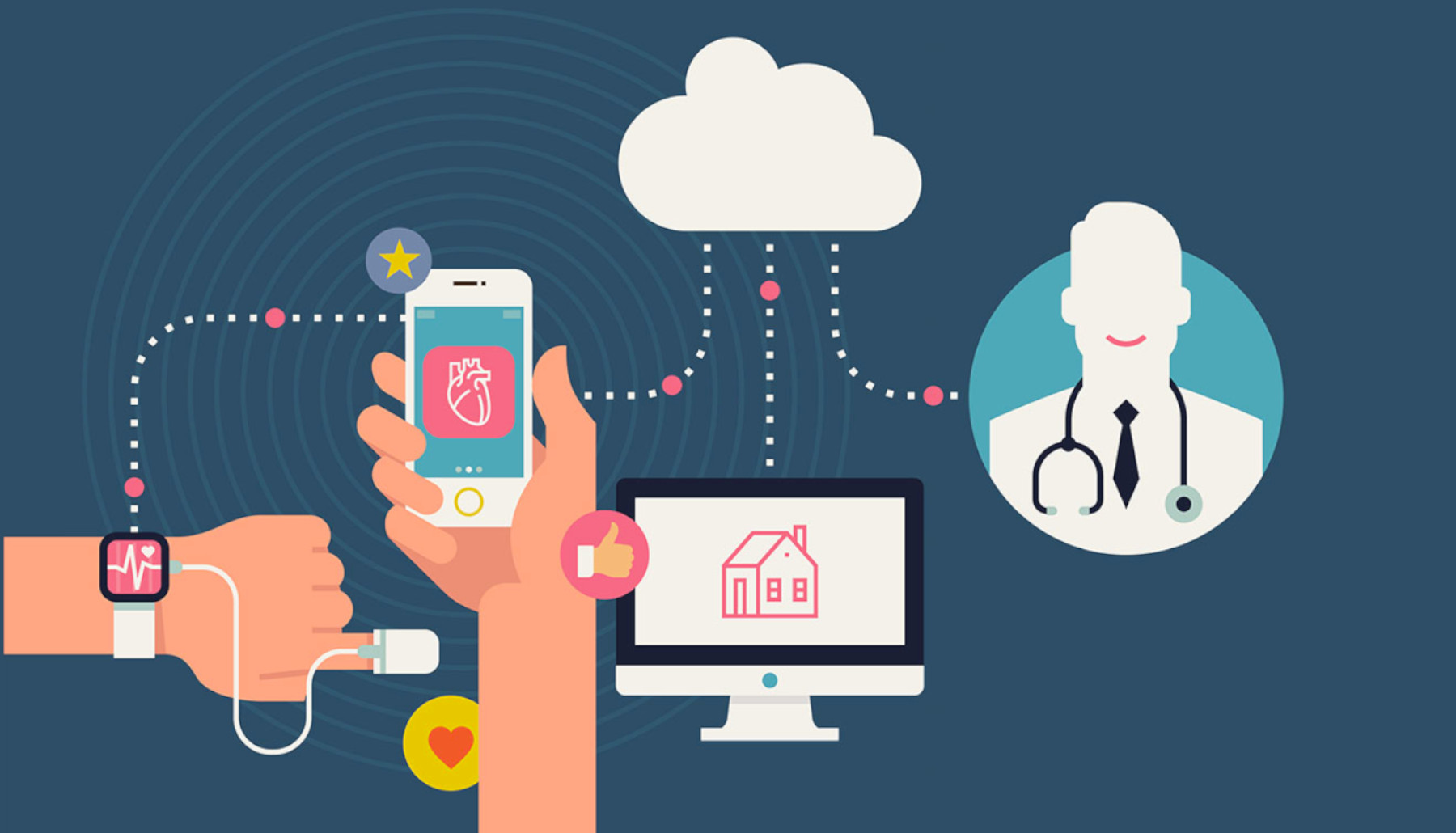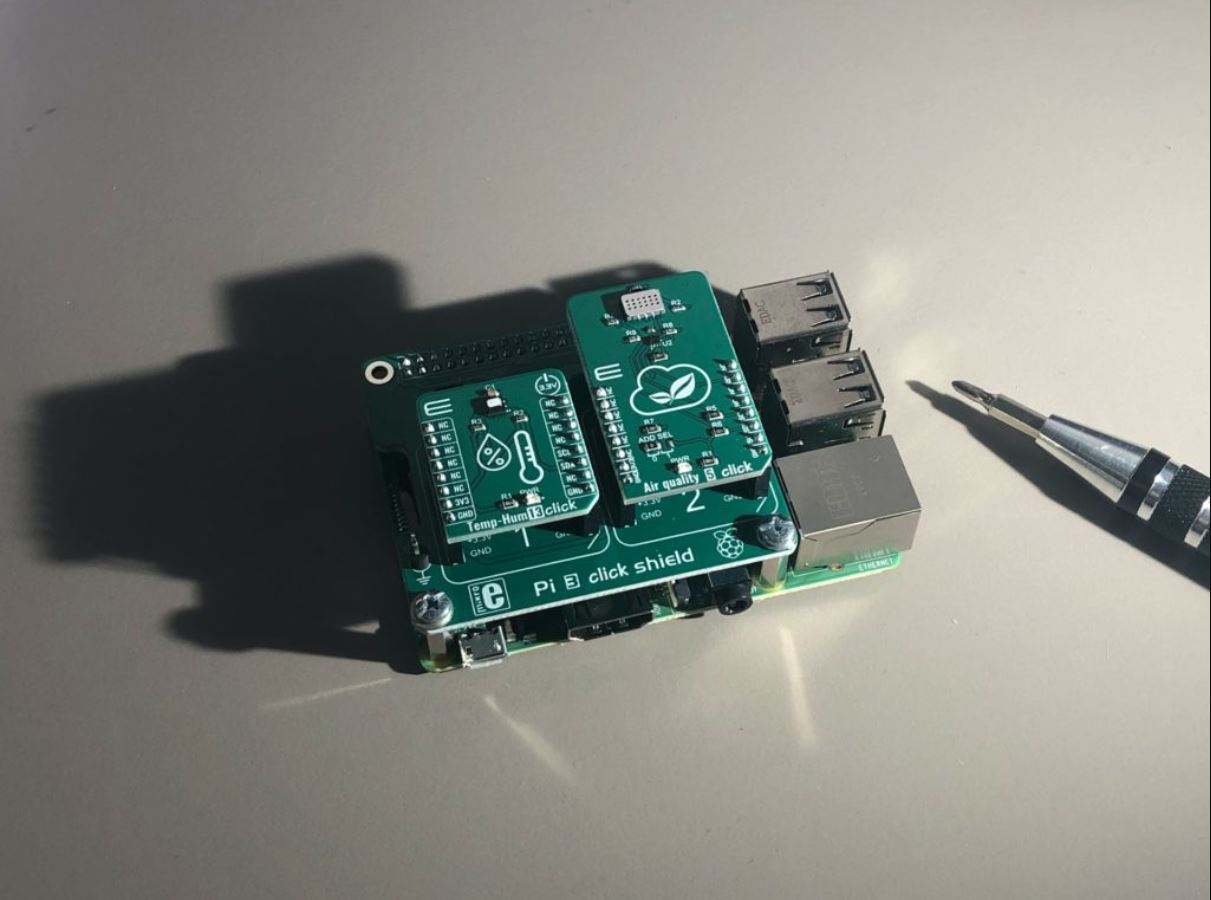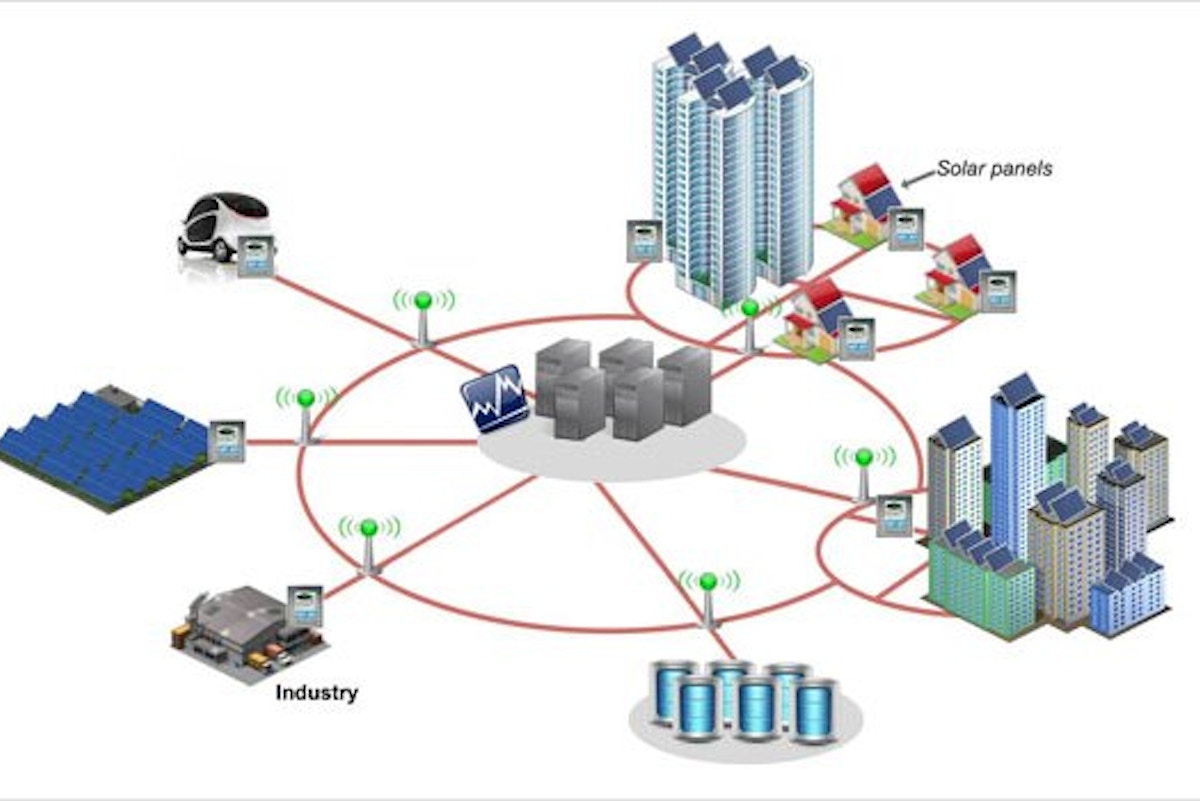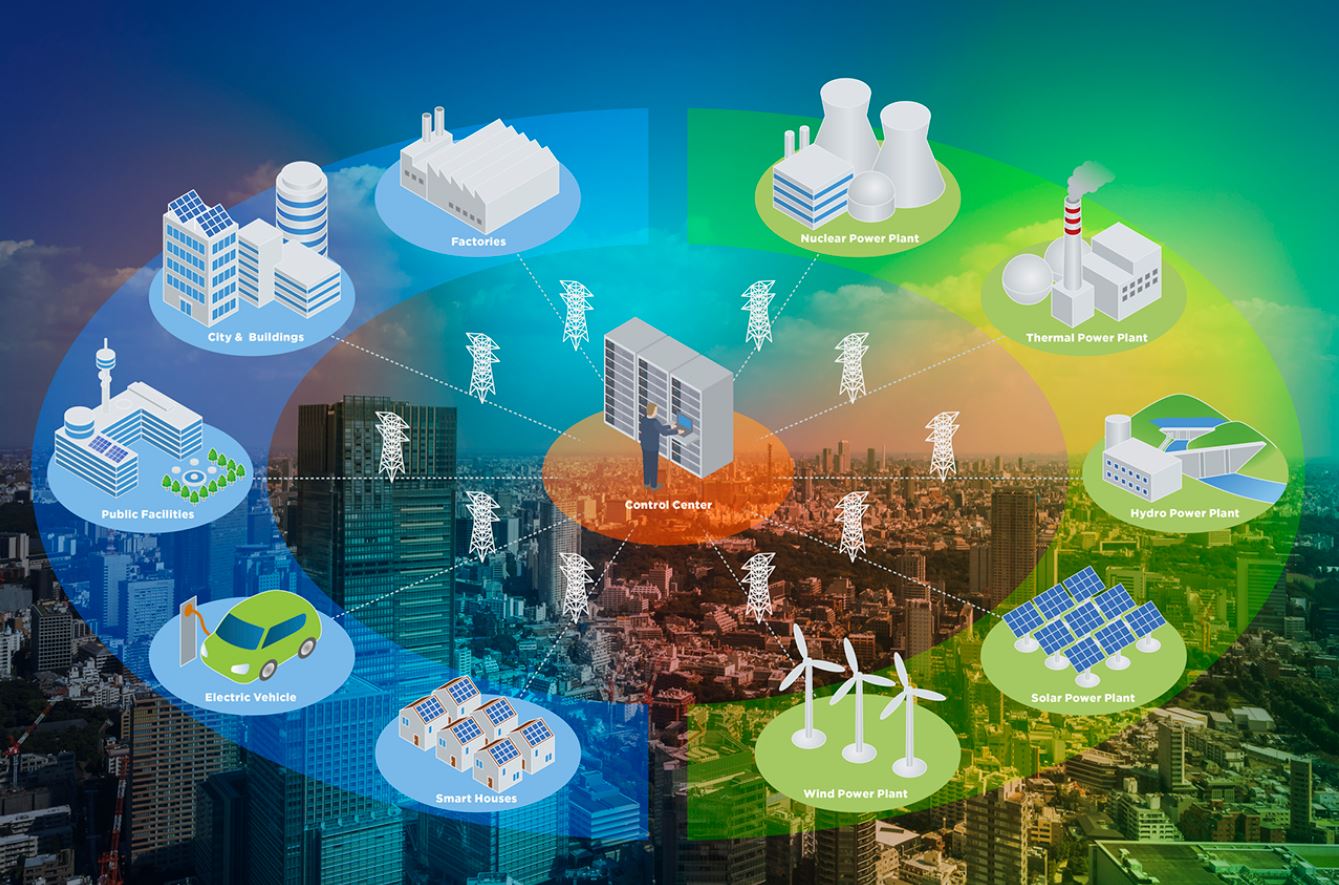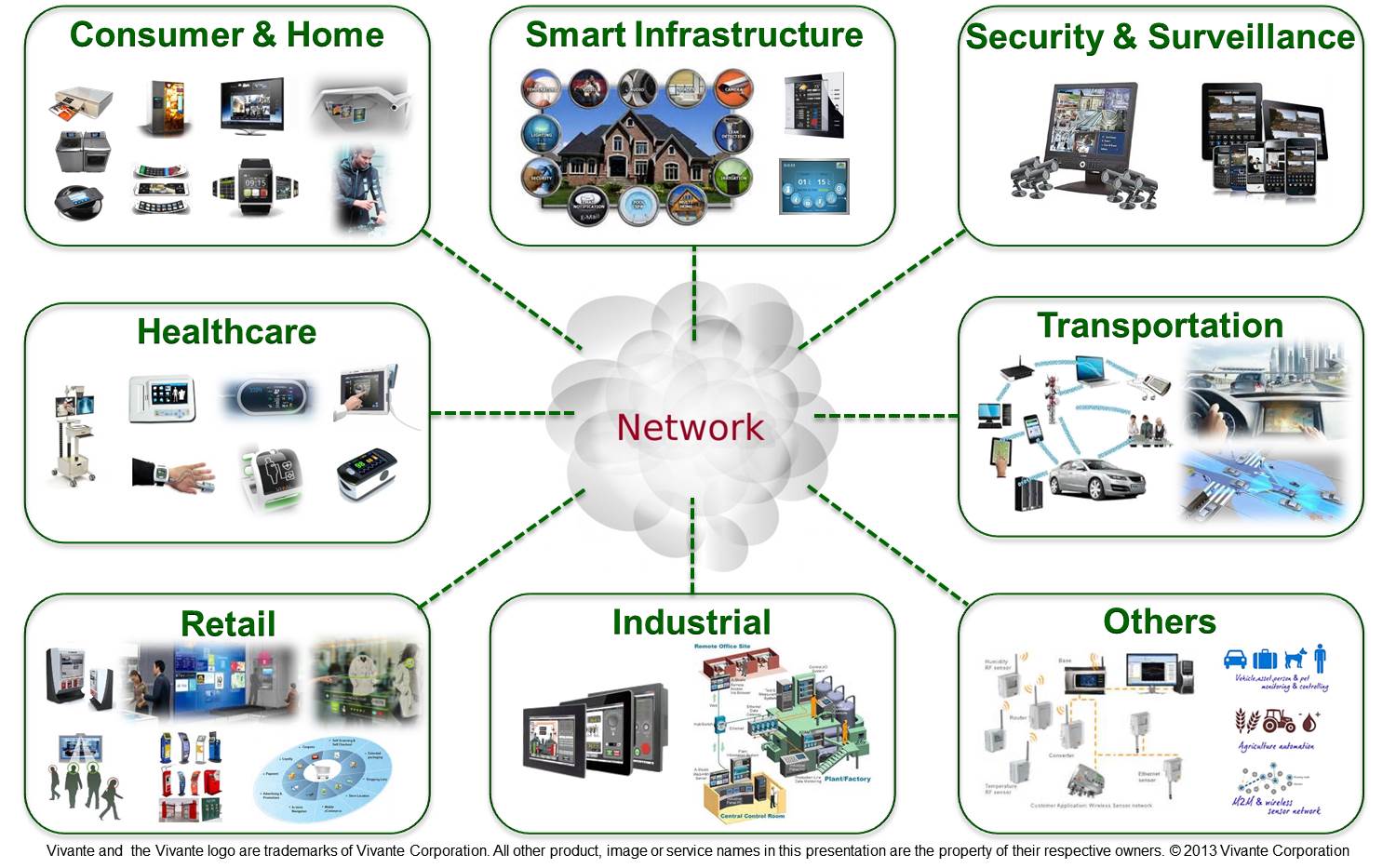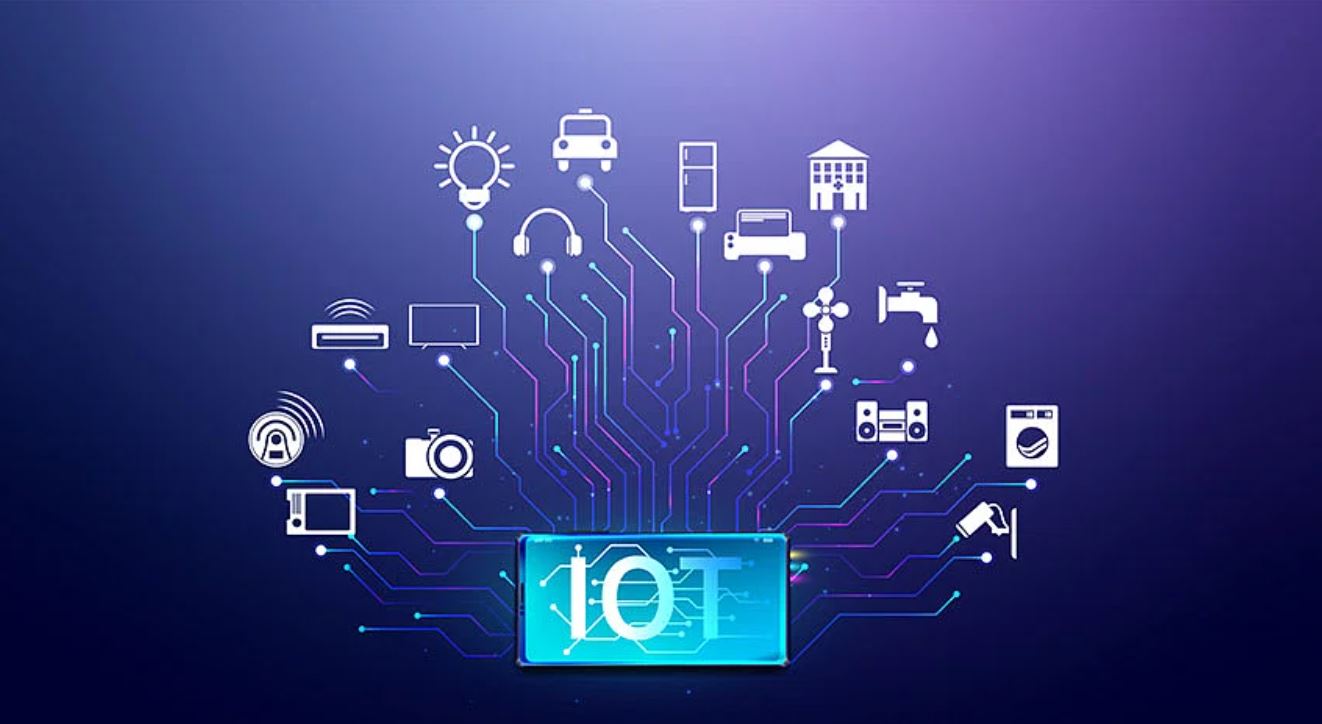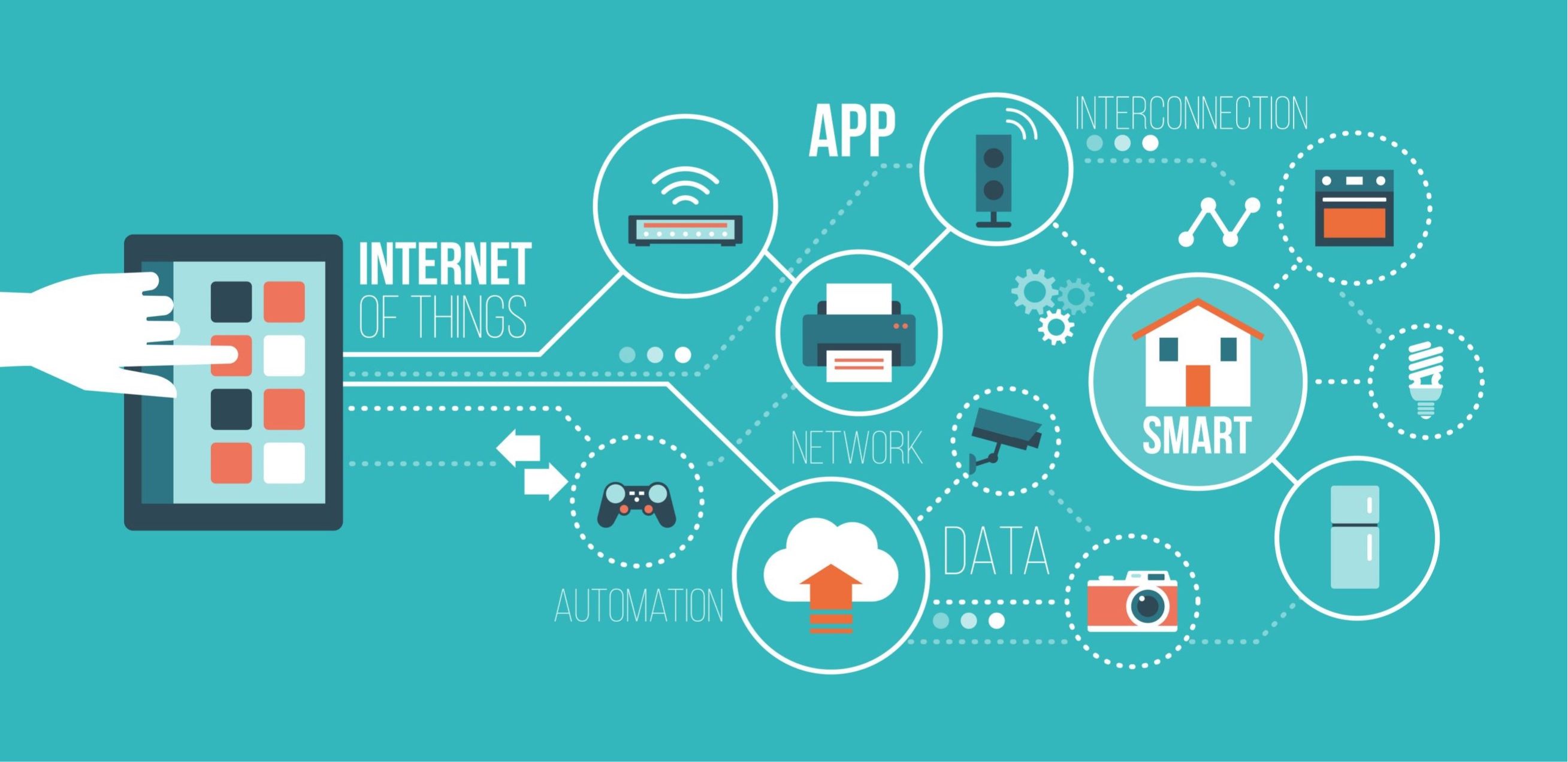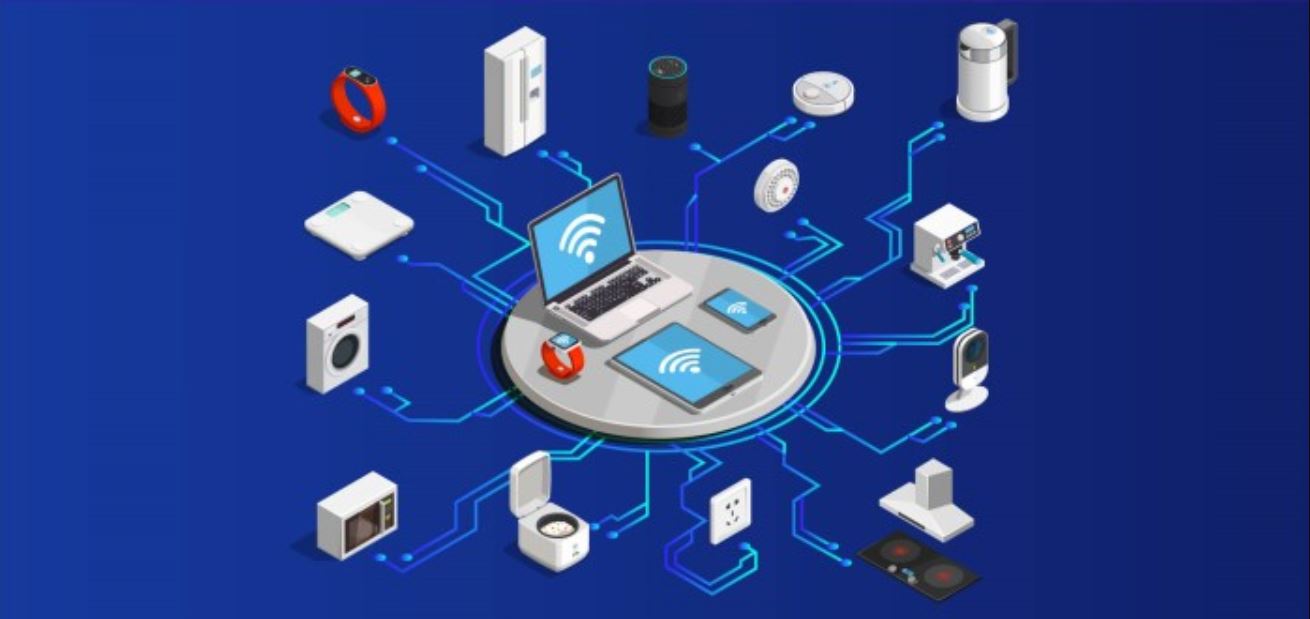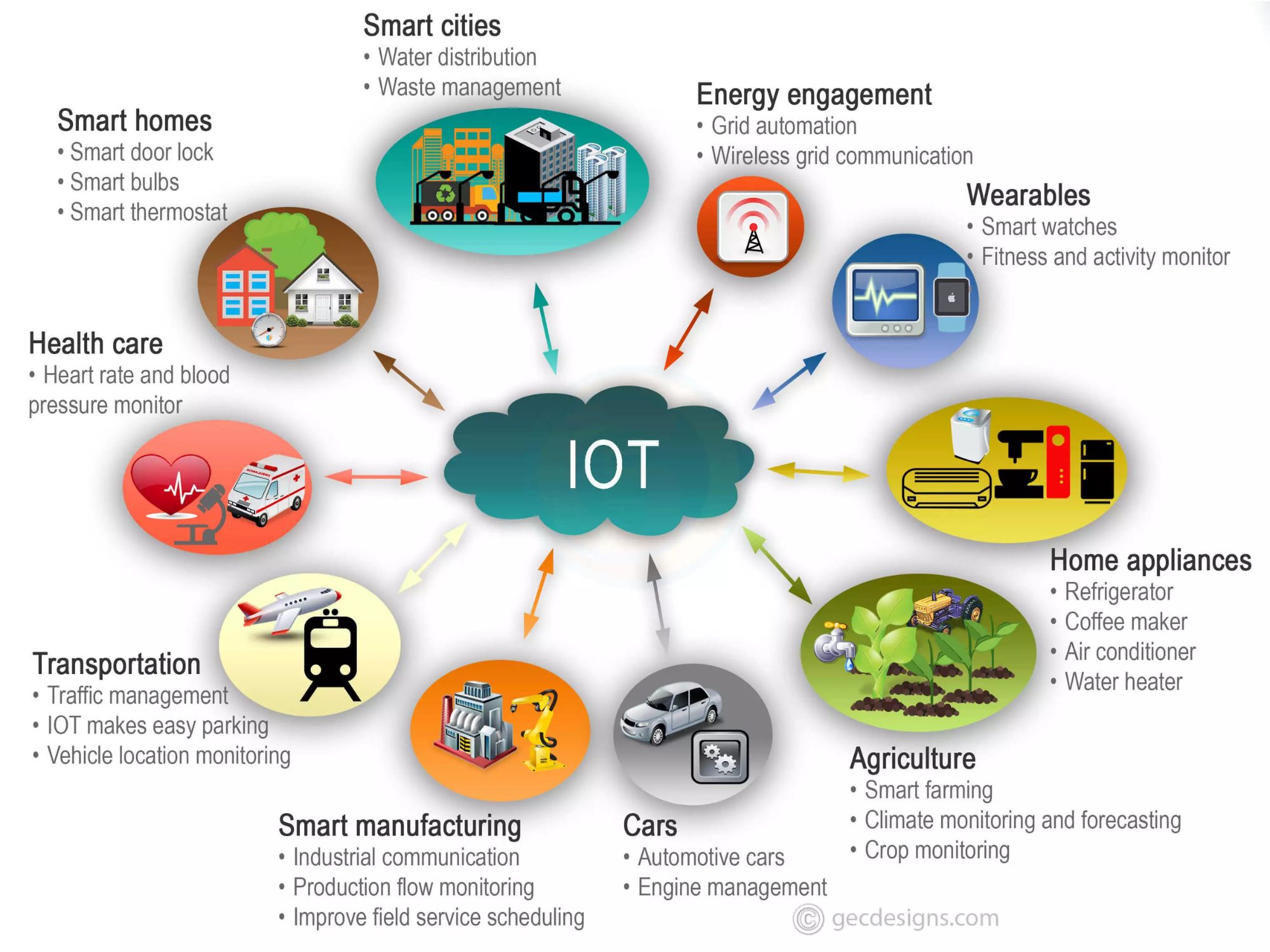Introduction
The Internet of Things (IoT) has revolutionized various industries, and healthcare is no exception. With the integration of IoT devices and technologies, healthcare professionals are able to provide more efficient and personalized care to patients. From remote patient monitoring to smart hospitals, IoT has transformed the healthcare landscape. In this article, we will explore the various ways in which IoT is used in healthcare and the benefits it brings.
IoT in healthcare refers to the network of interconnected devices, sensors, and systems that collect and exchange data to improve patient outcomes, streamline processes, and enhance overall healthcare services. This network allows for the seamless flow of information between patients, healthcare providers, and medical devices.
One of the key applications of IoT in healthcare is remote patient monitoring. This technology enables healthcare professionals to monitor patients’ vital signs and health status in real-time, without the need for physical presence. Connected wearable devices, such as fitness trackers and smartwatches, collect data on heart rate, blood pressure, oxygen levels, and other health metrics. This information is then transmitted to healthcare providers, who can detect any abnormalities and intervene promptly, reducing the risk of complications and hospital readmissions.
Smart hospitals are another area where IoT is making a significant impact. These hospitals are equipped with advanced IoT-enabled systems and infrastructure, resulting in improved operational efficiency and patient experience. For example, IoT sensors can monitor the occupancy of patient rooms, automatically adjusting temperature and lighting settings to enhance comfort and energy efficiency. IoT-powered asset tracking systems help healthcare staff locate and manage medical equipment more effectively, saving time and reducing costs. Additionally, IoT-enabled automation systems streamline workflows and enhance communication between departments, ensuring a seamless and coordinated patient journey.
Medication management is another critical aspect of healthcare where IoT is playing a crucial role. IoT-powered medication dispensing systems help prevent medication errors by ensuring the right medication is given to the right patient at the right time. These systems utilize barcode scanning, RFID technology, and cloud-based platforms to track medication administration and provide alerts for drug interactions, dosage errors, and potential side effects. This not only enhances patient safety but also improves medication adherence and reduces the risk of adverse events.
Emergency response systems have also been augmented by IoT technologies, enabling faster and more accurate emergency assistance. IoT-connected devices, such as panic buttons or fall detection sensors, can send real-time alerts to healthcare providers or emergency services in case of an emergency. This allows for immediate response and timely medical intervention, especially for elderly or vulnerable patients.
Remote Patient Monitoring
Remote patient monitoring is a significant application of IoT in healthcare that has revolutionized how patients’ health is monitored and managed. Traditionally, patients had to make frequent visits to healthcare facilities for check-ups and monitoring. However, with the advent of IoT devices and technologies, remote patient monitoring has become a game-changer.
IoT-enabled wearable devices, such as fitness trackers, smartwatches, and medical sensors, allow healthcare professionals to collect real-time data on patients’ vital signs, daily activities, and overall health. These devices continuously monitor parameters such as heart rate, blood pressure, oxygen levels, and even sleep patterns. The collected data is then transmitted to healthcare providers through secure digital platforms for analysis and interpretation.
This constant stream of data enables healthcare professionals to closely monitor patients’ health conditions without the need for frequent in-person visits. It is particularly beneficial for patients with chronic diseases, post-operative care, and elderly patients who require continuous monitoring but may have limited mobility.
The real-time nature of remote patient monitoring not only improves patients’ quality of life but also enhances healthcare providers’ ability to intervene promptly in case of any concerning changes or emergencies. For example, if the heart rate of a patient with a cardiac condition suddenly shows abnormal fluctuations, an alert can be automatically triggered, prompting healthcare providers to investigate further and take appropriate action.
Remote patient monitoring also helps in early detection of potential health issues. By continuously monitoring patients’ health data, healthcare providers can identify any patterns or trends that may indicate the onset of a condition or exacerbation of an existing one. This allows for timely intervention, preventing complications and managing conditions more effectively.
In addition to its benefits for patients and healthcare providers, remote patient monitoring also holds the potential to reduce healthcare costs. With remote monitoring, unnecessary hospital visits and readmissions can be minimized, as healthcare providers can monitor and assess patients remotely. This reduces the burden on healthcare facilities and can help allocate resources more efficiently.
However, remote patient monitoring is not without its challenges. Ensuring the security and privacy of patient data is of utmost importance. Healthcare organizations must implement robust cybersecurity measures to protect the transmission and storage of sensitive health information. Furthermore, interoperability issues between different IoT devices and platforms need to be addressed to ensure seamless integration into existing healthcare systems.
Overall, remote patient monitoring powered by IoT offers tremendous benefits for both patients and healthcare providers. It enables more proactive and personalized care, early detection of health issues, and improved patient outcomes. As IoT technologies continue to advance, we can expect even more advanced and sophisticated remote patient monitoring solutions to emerge, revolutionizing healthcare as we know it.
Smart Hospitals
Smart hospitals are an innovative application of IoT in healthcare that are greatly enhancing the efficiency and quality of healthcare services. These hospitals leverage IoT technologies to integrate various devices, systems, and processes, resulting in improved patient outcomes and streamlined operations.
One of the key features of smart hospitals is the use of IoT sensors to monitor and optimize the utilization of resources. These sensors can track the occupancy of patient rooms, waiting areas, and operating theaters in real-time. By collecting data on occupancy patterns, hospitals can accurately allocate resources, such as staff, equipment, and facilities, to where they are needed the most. This not only ensures optimal utilization of resources but also reduces wait times for patients and improves the overall patient experience.
IoT-powered automation systems play a vital role in smart hospitals by streamlining workflows and enhancing communication between different departments. For instance, IoT-enabled electronic health record systems allow for seamless sharing of information between healthcare providers, eliminating the need for physical paperwork and reducing the chances of errors or duplications. IoT communication devices, such as smart monitors and wearable communication tools, facilitate instant and secure communication between healthcare staff, enabling quicker response times and improving team coordination.
Smart hospitals also leverage IoT technologies to enhance patient safety and security. IoT-based surveillance systems, equipped with cameras and motion sensors, provide enhanced security measures by monitoring access points, restricted areas, and medical equipment. Any suspicious activity triggers instant alerts, enabling rapid response and preventing unauthorized access.
Additionally, IoT plays a crucial role in asset management within smart hospitals. IoT sensors and tracking devices are used to monitor and manage medical equipment, inventory, and supplies. This ensures that healthcare staff can easily locate necessary items when needed, reducing time wasted in searching for equipment and minimizing the chances of shortages or expired supplies. Furthermore, IoT-powered asset tracking systems can send alerts when equipment needs maintenance or calibration, ensuring proper functionality and reducing downtime.
Another significant application of IoT in smart hospitals is patient wayfinding. IoT technologies, such as beacons and navigation apps, can guide patients and visitors within the hospital premises, helping them navigate to their desired locations easily and efficiently. This not only reduces confusion and stress for patients but also improves overall patient satisfaction.
While smart hospitals offer numerous benefits, there are challenges that need to be addressed. Security and privacy concerns surrounding the vast amount of data collected and transmitted within these hospitals are of utmost importance. Robust cybersecurity measures must be implemented to safeguard patient information and prevent unauthorized access.
Overall, smart hospitals powered by IoT are transforming healthcare delivery by optimizing resource management, improving patient safety, and enhancing the overall patient experience. As IoT technologies continue to evolve, the potential for further innovation and advancement in smart hospitals is promising, ultimately revolutionizing the way healthcare services are delivered and experienced.
Medication Management
Medication management is a critical aspect of healthcare that significantly benefits from the integration of IoT technologies. IoT-enabled systems and devices have revolutionized the way medications are administered, monitored, and managed, improving patient safety and medication adherence.
One of the key applications of IoT in medication management is the use of smart medication dispensing systems. These systems utilize barcode scanning, Radio Frequency Identification (RFID) technology, and cloud-based platforms to ensure accurate medication administration. Patients receive personalized medication packs or containers that are electronically locked and can only be accessed at the correct time and dosage. The system tracks the dispensing of medications and generates alerts for any potential errors, such as incorrect dosage or drug interactions. This greatly reduces the risk of medication errors and enhances patient safety.
IoT-enabled medication management systems also provide valuable insights into medication adherence. Through the use of connected devices and sensors, healthcare providers can monitor how frequently patients are taking their medications and track their adherence patterns. This information can be utilized to identify any non-compliance issues and intervene accordingly. Patient non-adherence to medication regimens is a significant problem in healthcare, and IoT offers a solution to improve patient compliance and ultimately, health outcomes.
In addition to medication dispensing systems, IoT technologies are also used to monitor medication inventory and expiration dates. Smart medication cabinets or refrigerators equipped with IoT sensors can track the inventory of medications and provide real-time updates to healthcare providers. This helps prevent medication shortages and ensures that medications are always available when needed. Furthermore, IoT-enabled systems can automatically detect and alert healthcare providers about expired medications, ensuring the use of only fresh and effective medications.
IoT in medication management also holds potential for telemedicine and remote consultations. Through the use of IoT-connected devices, patients can have virtual consultations with healthcare providers who can remotely access their medication regimens and provide advice or adjustments if necessary. This allows for convenient and timely healthcare access, particularly for patients in remote areas or those with limited mobility.
However, challenges exist in implementing IoT in medication management. Ensuring the security and privacy of patient data transmitted through IoT devices is of utmost importance. Robust cybersecurity measures must be implemented to protect patient information from breaches or unauthorized access. Additionally, interoperability standards need to be established to enable seamless integration of different IoT devices and systems across healthcare settings.
Overall, IoT-based medication management systems have the potential to greatly enhance patient safety, improve medication adherence, and optimize medication inventory management. With continued advancements, IoT technologies will play an increasingly important role in medication management, contributing to better health outcomes and improved patient care.
Emergency Response Systems
Emergency response systems have been significantly improved through the integration of IoT technologies in healthcare. IoT-enabled devices and sensors play a crucial role in providing faster and more accurate emergency assistance, especially for vulnerable populations such as the elderly or individuals with chronic illnesses.
IoT-connected devices, such as panic buttons, fall detection sensors, and wearable devices, are key components of emergency response systems. These devices allow individuals to quickly request help in case of an emergency. For example, a person experiencing a medical emergency can press a panic button or activate a wearable device that will immediately send an alert to healthcare providers or emergency response professionals. This real-time communication ensures prompt assistance and can potentially save lives.
One of the significant benefits of IoT in emergency response systems is the ability to provide location information along with the emergency alert. IoT-enabled devices are equipped with geolocation capabilities, which allow healthcare providers or emergency responders to pinpoint the exact location of the person in need. This greatly enhances the speed and accuracy of emergency response, especially in situations where the individual is unable to communicate their location verbally.
IoT technologies, particularly in combination with artificial intelligence (AI), can also provide valuable insights to emergency response systems. For instance, AI algorithms can analyze data collected from IoT sensors to identify patterns or predict potential emergencies. This can help healthcare providers and emergency responders proactively intervene before a critical situation escalates. For example, if a fall detection sensor indicates a high likelihood of a fall, healthcare providers can be alerted to check on the individual and provide necessary assistance.
In addition to emergency response devices, IoT technologies also play a role in improving emergency preparedness and coordination. IoT-powered communication systems facilitate real-time communication between healthcare providers and emergency response teams, allowing for efficient coordination and resource allocation during emergencies. This results in better collaboration, reduced response times, and improved overall emergency management.
While IoT has greatly improved emergency response systems, it is important to address challenges that come with its implementation. Ensuring data security and privacy is crucial, especially when sensitive location and health information is being transmitted. Robust cybersecurity measures must be implemented to protect the integrity and confidentiality of the data being transmitted through IoT devices and systems.
Overall, IoT technologies have transformed emergency response systems in healthcare by enabling faster and more accurate assistance during critical situations. With the continuous advancement of IoT and AI, emergency response systems will continue to evolve, ultimately leading to improved emergency care, enhanced safety, and better outcomes for individuals in need.
Wearable Devices
Wearable devices have gained popularity in recent years for their ability to track and monitor various aspects of our health and well-being. These IoT-powered devices offer numerous applications in healthcare, providing valuable data and insights to both patients and healthcare providers.
One of the key benefits of wearable devices is their ability to continuously monitor vital signs and health metrics. Fitness trackers, smartwatches, and other wearable devices equipped with sensors can track parameters such as heart rate, blood pressure, sleep patterns, and physical activity levels. This data is then transmitted to smartphones or other connected devices, allowing individuals to easily access and monitor their health information. Healthcare providers can also leverage this data to gain a more comprehensive understanding of patients’ overall health and make more informed decisions during medical consultations.
Wearable devices also play a crucial role in chronic disease management. Patients with conditions such as diabetes or hypertension can benefit from continuous monitoring and tracking of their health parameters. Wearable devices can provide alerts and reminders for medication adherence, monitor glucose levels, track physical activity, and even detect early warning signs of potential health issues. This empowers patients to actively manage their health and make informed decisions in consultation with their healthcare providers.
For individuals leading active lifestyles, wearable devices provide real-time feedback and motivation to achieve fitness goals. The ability to track steps, calories burned, and exercise intensity allows users to monitor their progress and make adjustments to their routines. Some wearable devices also offer personalized coaching and suggestions for improving fitness levels, making them valuable tools in promoting and maintaining a healthy lifestyle.
Wearable devices are also being utilized in remote patient monitoring, allowing healthcare providers to keep a close watch on patients’ health from a distance. Continuous data collection and transmission enable healthcare professionals to detect any changes or abnormalities in real-time. For example, wearable devices can alert healthcare providers if a patient’s heart rate or blood pressure reaches critical levels, prompting immediate intervention.
Beyond physical health monitoring, wearable devices are also being used to support mental health and well-being. Some devices offer features such as stress level monitoring, mindfulness exercises, and sleep tracking. These functions can help individuals better understand and manage their stress levels, improve sleep quality, and promote overall mental wellness.
However, challenges exist when it comes to wearable devices in healthcare. Ensuring the accuracy and reliability of the collected data is of utmost importance. Manufacturers need to conduct thorough testing and validation to ensure that wearable devices provide accurate readings. Data security and privacy are also significant concerns, as wearable devices collect sensitive health information. Strong cybersecurity measures must be in place to protect this data from unauthorized access or breaches.
Overall, wearable devices powered by IoT technology have the potential to greatly impact healthcare by providing individuals with valuable insights into their health, supporting chronic disease management, and enabling remote patient monitoring. As these devices continue to evolve, we can expect even more sophisticated features and applications that will further enhance their usefulness in improving health and well-being.
Telehealth
Telehealth, also known as telemedicine, has experienced significant growth with the integration of IoT technologies in healthcare. Telehealth leverages IoT-enabled devices and communication platforms to provide remote healthcare services, improving access to care and enhancing patient-provider interactions.
One of the key benefits of telehealth is its ability to overcome geographical barriers and provide healthcare access to individuals in remote or underserved areas. IoT-powered devices, such as video conferencing tools and connected medical devices, enable virtual consultations between patients and healthcare providers. Patients can receive medical advice, discuss symptoms, and receive treatment recommendations without the need for an in-person visit. This not only saves time and travel costs but also ensures that individuals in rural or inaccessible areas can receive timely and appropriate care.
IoT devices play a crucial role in remote monitoring and diagnostics during telehealth consultations. Patients can use connected medical devices, such as digital stethoscopes, blood pressure monitors, or EKG monitors, to capture and transmit their vital signs to healthcare providers. This remote monitoring allows providers to assess patients’ health status and make informed decisions regarding their treatment plans. The real-time data collected through IoT devices enhances the accuracy and quality of telehealth consultations, enabling healthcare providers to provide personalized care even at a distance.
Telehealth also improves continuity of care and patient engagement. IoT technologies, such as patient portals and mobile health apps, allow patients to access their medical records, schedule appointments, and communicate with their healthcare providers. This promotes patient empowerment and involvement in their own healthcare journey. Patients can actively participate in managing their health, accessing educational materials, and receiving follow-up care—all from the convenience of their own homes.
Another important application of IoT in telehealth is remote surgical assistance. Surgeons can utilize IoT-enabled robotic systems and haptic feedback devices to perform surgeries remotely. These systems provide real-time visualization and precise control over surgical instruments, enhancing accuracy and reducing the need for patients to travel long distances for specialized surgeries.
However, telehealth is not without challenges. Ensuring the security and privacy of patient data transmitted through IoT devices is crucial. Robust cybersecurity measures must be in place to protect patient information from unauthorized access or breaches. Moreover, not all patients may have access to the necessary technology or internet connectivity, presenting a barrier to telehealth adoption. Efforts should be made to bridge this digital divide and ensure equitable access to telehealth services.
Overall, telehealth powered by IoT has the potential to revolutionize healthcare delivery by improving access to care, enhancing patient engagement, and optimizing healthcare resources. As technology continues to advance, we can expect even greater integration of IoT in telehealth, resulting in more innovative and effective remote healthcare services.
Data Analytics and Predictive Maintenance
Data analytics and predictive maintenance are key applications of IoT in healthcare that have transformed how healthcare organizations manage and optimize their operations. By leveraging the power of IoT-enabled devices and data analytics, healthcare providers can make data-driven decisions and proactively maintain their equipment and facilities.
Data analytics in healthcare involves the collection, processing, and analysis of vast amounts of data generated by IoT-connected devices and systems. This data includes patient health records, sensor data, medical imaging, and more. Advanced analytics tools and machine learning algorithms can extract valuable insights from this data, leading to improved healthcare outcomes, cost efficiency, and operational excellence.
One of the major applications of data analytics in healthcare is in predictive maintenance. IoT sensors and devices can continuously monitor the performance of medical equipment, such as MRI machines, X-ray systems, and ventilators. By analyzing real-time data, patterns or anomalies can be detected, allowing healthcare providers to identify potential equipment failures or malfunctions before they occur. This proactive approach to maintenance minimizes downtime, reduces repair costs, and ensures the availability of critical equipment when needed.
Data analytics also plays a role in population health management. By analyzing large datasets, healthcare providers can identify trends, patterns, and risk factors among specific patient populations. This information assists in the development of targeted interventions and preventive strategies to improve individuals’ health and well-being. For example, data analytics can help identify individuals at high risk for chronic conditions, enabling early intervention and personalized care plans to mitigate potential health risks.
Moreover, data analytics can drive operational efficiency and resource optimization within healthcare organizations. By analyzing data on patient flow, staff productivity, and resource allocation, healthcare administrators can identify areas for improvement and implement measures to enhance operational performance. This may include optimizing staff schedules, improving patient wait times, or streamlining workflows based on data-driven insights.
However, there are challenges to consider when implementing data analytics in healthcare. Ensuring data security and privacy is paramount, as healthcare organizations handle sensitive patient information. Compliance with regulatory standards, such as HIPAA, is crucial to protect patient confidentiality. Furthermore, interoperability issues and data integration challenges may arise when attempting to connect and analyze data from various sources and systems.
Overall, data analytics and predictive maintenance powered by IoT have tremendous potential in revolutionizing healthcare operations. By harnessing the power of data, healthcare providers can optimize resource allocation, improve patient outcomes, and enhance the overall quality of care. With ongoing advancements in technology and data analytics capabilities, the healthcare industry stands to benefit even further from these transformative applications of IoT.
Improved Patient Safety and Care
The integration of IoT technologies in healthcare has led to significant improvements in patient safety and care. Through the use of IoT-enabled devices, data analytics, and real-time monitoring, healthcare providers can ensure better patient outcomes, reduce medical errors, and enhance overall quality of care.
One of the key ways IoT improves patient safety is through remote monitoring. IoT-connected wearable devices, sensors, and medical equipment can continuously monitor patients’ vital signs, alerting healthcare providers to any unusual or concerning readings. This real-time monitoring enables early detection of health issues, allowing for prompt intervention and reducing the risk of complications or adverse events. For example, if a patient’s oxygen levels drop, an alert can be sent to healthcare providers, who can then provide immediate assistance and prevent further deterioration.
Medication errors are a significant concern in healthcare, but IoT helps mitigate risks and improve medication safety. Automated medication dispensing systems use barcode scanning and RFID technology to ensure the correct medication is given to the right patient at the right time. This reduces the risk of administration errors and improves patient safety. Additionally, IoT-powered medication management systems provide real-time alerts for potential drug interactions, dosage errors, and expired medications, further enhancing patient safety and reducing the likelihood of adverse reactions.
IoT devices also contribute to patient safety within healthcare facilities. Smart hospitals equipped with IoT sensors and systems allow for better monitoring of environmental factors, such as temperature and lighting levels. This not only enhances comfort for patients but also reduces the risk of infections and accidents. IoT-enabled surveillance systems can detect unauthorized access or unusual activities, ensuring both patient and staff safety.
Furthermore, IoT technologies improve care coordination and communication between healthcare providers. Connected devices and platforms enable seamless sharing of patient data, medical records, and test results, allowing for more effective collaboration among healthcare teams. This enhances the continuity of care and reduces the chances of miscommunications or duplicate tests, leading to better patient outcomes.
IoT also plays a significant role in patient engagement and empowerment. Wearable devices and mobile applications allow patients to actively participate in monitoring and managing their own health. By having access to their health data and insights, patients can make informed decisions, adhere to treatment plans, and engage in proactive self-care. This partnership between patients and healthcare providers ultimately leads to improved health outcomes and patient satisfaction.
Though IoT improves patient safety and care, challenges exist that need to be addressed. Ensuring the security and privacy of patient data is paramount, as large amounts of sensitive health information are transmitted through IoT devices and systems. Healthcare organizations must enforce robust cybersecurity measures to protect patient information from unauthorized access or breaches. Additionally, interoperability and data integration challenges can arise when attempting to connect and analyze data from disparate sources.
In summary, IoT technologies have significantly improved patient safety and care in healthcare. Through remote monitoring, medication safety measures, facility monitoring, care coordination, and patient engagement, healthcare providers can deliver better quality care, reduce medical errors, and enhance patient outcomes. With continued advancements in IoT, the potential for further improvements in patient safety and care is immense, transforming the healthcare landscape.
Conclusion
The integration of Internet of Things (IoT) technologies in healthcare has revolutionized the industry, offering numerous benefits in various areas. From remote patient monitoring and smart hospitals to medication management and emergency response systems, the impact of IoT has been transformative.
Remote patient monitoring has allowed healthcare providers to closely monitor patients’ health status in real-time, reducing the risk of complications and improving overall patient outcomes. With wearable devices and IoT sensors, patients can receive personalized care without the need for frequent in-person visits, enhancing convenience and accessibility.
Smart hospitals have optimized operational efficiency and patient care by utilizing IoT-enabled systems. From resource allocation and inventory management to enhanced communication and patient wayfinding, IoT has improved overall hospital functioning and patient satisfaction.
Medication management has been greatly enhanced through the use of IoT technologies. Smart medication dispensing systems ensure accurate medication administration and reduce the risk of errors. IoT-enabled devices and systems enable better medication adherence monitoring, allowing healthcare providers to intervene proactively and improve patient outcomes.
Emergency response systems have been revolutionized with IoT, providing faster and more accurate assistance during critical situations. Through panic buttons, fall detection sensors, and real-time communication, individuals in need can quickly receive the help they require.
Wearable devices, powered by IoT, have enabled individuals to track their health and fitness levels, promoting a proactive approach to personal well-being. These devices have applications in remote monitoring, chronic disease management, and promoting an active lifestyle.
Telehealth, empowered by IoT, has offered remote access to healthcare services, breaking geographical barriers and improving healthcare access for individuals in remote areas. Telehealth consultations, remote monitoring, and virtual care have become essential components of healthcare delivery.
Data analytics and predictive maintenance have transformed healthcare through the use of IoT. By analyzing large datasets, healthcare providers can make data-driven decisions, optimize resource allocation, and proactively maintain medical equipment, leading to improved patient outcomes and operational efficiency.
Overall, IoT has enhanced patient safety and care by enabling remote monitoring, improving medication safety, enhancing facility security, facilitating care coordination, empowering patients, and much more. It is crucial for healthcare organizations to address challenges related to data security, privacy, interoperability, and accessibility as they continue to leverage the benefits of IoT in healthcare.
As IoT technologies continue to evolve and advance, the potential for further innovation in healthcare is immense. From personalized medicine and preventive care to predictive analytics and improved patient experiences, IoT will continue to reshape the healthcare landscape, ultimately leading to better health outcomes, enhanced patient satisfaction, and more efficient healthcare delivery.







